81 F. high in the Twin Cities Friday.
83 F. average high on July 25.
83 F. high on July 25, 2013.
.42" rain fell at MSP International Friday morning.
2.24" rain so far in July.
3.22" average for July, to date.
28.07" precipitation so far in 2014 at KMSP.
17.05" average precipitation from January 1 to July 25.
July 25, 1981: Chilly morning across northland with 33 degrees at Roseau and Wannaska.
Orange Cone Alert
Oh
to have the orange cone concession in Minnesota. Construction season is
reaching its zenith with parking lot conditions statewide. Thank God
for traffic data on Google Maps. No, our roads don't heal themselves,
and I have the utmost respect for MnDOT crews that toil away, in spite
of lousy weather and rude motorists.
To honor their efforts I've
installed orange cones in my office, around my recliner chair in the
family room, even my bedroom. I'm repairing my life, so go slow and take
it easy. Life isn't a race.
Mother Nature has set up her own
orange cones. It may be my imagination or sleep deprivation, but weather
patterns still seem to be moving slower - more prone to stalling -
increasing the flood risk east of the Rockies and historic drought out
west.
Today will be the nicer day of the weekend to stall out on
your favorite lake; enough sun for mid and upper 80s with a small
thunder risk tonight. A cool front that would feel right at home on
Labor Day arrives tomorrow with PM showers and a cool breeze; another
big dip in dew point arrives early next week. Summer continues to pull
its punch.
Now if I could just figure out how to install orange cones on Lake Minnetonka.
A Drier Spell.
With the exception of isolated T-storms tonight, a few PM instability
showers tomorrow and a stray T-storm or two Thursday the next week looks
fairly dry, allowing water levels to continue to slowly recede. Highs
surge well into the 80s today; a stiff northwest breeze keeps us 10+
degrees cooler with another whiff of early autumn by Monday and Tuesday.
We warm up again the latter half of next week; more 80s likely next
weekend. MSP Meteogram: Weatherspark.
60-Hour Accumulated Rainfall.
Monsoonal T-storms may break the heat over southern Arizona,
potentially severe storms rumbling across the Ohio Valley Saturday as
the next surge of cooler, drier air pushes southward out of Canada.
Heavy showers and T-storms blossom over New England while California
continues to wither. WRF guidance: NOAA and HAMweather.
Predicting Hurricane Intensity: Study.
Nature World News
takes a look at the air-sea interface in a developing storm, a factor
that may ultimately distinguish between garden variety hurricanes and
the big ones, like Katrina, Andrew and Camille. Here's an excerpt: "...
Hurricane
hunter aircraft can help determine wind speed, velocity, water
temperature and other data, but this study may have been the first to
figure out why or how a storm gets stronger or weaker. "The air-water
interface - whether it had significant waves or significant spray - is a
big factor in storm intensity," Alex Soloviev, a professor at Nova
Southeastern University's Oceanographic Center, said in a statement. "Hurricanes gain heat energy through the interface and they lose mechanical energy at the interface..."
NASA Satellites Reveal Shocking Groundwater Loss in Colorado River Basin. AP and
Huffington Post have a story that made me do a double-take; here are a couple of excerpts: "...
Groundwater
losses from the Colorado River basin appear massive enough to challenge
long-term water supplies for the seven states and parts of Mexico that
it serves, according to a new study released Thursday that used NASA
satellites...Since 2004, researchers said, the Colorado River basin —
the largest in the Southwest — has lost 53 million acre feet, or 17
trillion gallons, of water. That's enough to supply more than 50 million
households for a year, or nearly fill Lake Mead — the nation's largest
water reservoir — twice..."
The Most Water-Consuming States Are The Ones In Drought. Yes, there's a contradiction here, as
Huffington Post follows up on the story above; here's the intro: "...
A national survey on water use in the U.S. showed that residents in states that get less precipitation use a lot of water
in their homes -- western states use an average of 138 gallons per
capita every day, compared to 82 gallons in the midwest. According to
the Environmental Protection Agency, this is mostly because of the
higher amount of landscape irrigation
in the west. In other words, people striving for green lawns and lush
plants in dry states have to water more often that people in places with
lots of rain, or risk fines in some communities..."
The Cost of America's Forest Fires Has More Than Quintupled In The Past 20 Years.
The Washington Post has the stark numbers and trends. Here's the introduction: "
Wildfires
are scorching the earth and burning through the United States' bank
account. More than 1.5 million acres of American forest have been burned
to the ground so far this year, and that isn't even all that much. Last
year, nearly 4.5 million acres were scorched; the year before, almost
9.5 million. Forest fires have destroyed some 143 million acres since
1985, or roughly 5 million acres a year, on average..."
Graph credit above: "
National Interagency Fire Center. The Washington Post.
Why Are Wildfires On The Increase? Here's a clip from a story looking at U.S. wildfire trends at
The Ridgefield Press: "...
In
a recent study published in the journal Geophysical Research Letters,
researchers from the University of Utah analyzed a database of large
wildfires in the western U.S. between 1984 and 2011 and found a
significant increase in the number of large fires and/or the area
covered by the blazes. From Nebraska to California, the number of large
wildfires increased sevenfold per year over the study period, with the
total area burned increasing by 90,000 acres a year on average..."
America Is Burning: The Fight Against Wildfires Gets Real.
Men's Journal
has a long, data-driven look at wildfire trends across the USA; they're
burning bigger, longer and hotter. What is going on? Here's a clip:
"...
It's the same story throughout the South, much of the Southeast,
and even parts of the Northeast – all of these regions have experienced
record wildfires. Firefighters, forest managers, community leaders, and
scientists tell the same tale: They've never seen so many fires of such
size, intensity, and destruction. Another point of agreement: It's
going to get much worse. "We can't manage wildfire any longer," says
Miller. "It is out of our control..."
Photo credit: "
In
military terms, what these fires do is encircle the community. Then
they close in," says fire-safety expert Bernhard Voelkelt, on land
scorched by the May 2014 Etiwana Fire in Rancho Cucamonga, California." (Photograph by Peter Bohler).
Here Are Maps Of All 38,728 Tornado Warnings Issued Since 2002.
The Vane
at Gawker has another interesting story that provides more much-needed
perspective. In the last 12 years only the area around Duluth, the
Minnesota Arrowhead and a small patch of land from near Winona to Lake
City, north and east of Rochester, has been tornado-warning-free. Maybe
the bluffs on the Mississippi really do disrupt tornado inflow and help
to inhibit formation. Here's an excerpt: "...
These maps show all
38,728 tornado warnings issued between January 1, 2002 and around
midnight on July 23, 2014. Over that twelve-and-a-half year span of
time, there were three states that saw every square inch of land go
under a tornado warning at least once: Mississippi, Alabama, and
Tennessee..."
Florida More Vulnerable to Tornadoes Than Midwest.
For a variety of reasons: southeastern tornadoes are often rain-wrapped
and harder to detect and confirm from ground-level, fewer storm
shelters, and a local population that is not as "tornado-aware" as
residents of traditional Tornado Alley. Here's an excerpt from
gainesville.com: "
Oklahoma
and Kansas may have the reputation as tornado hot spots, but Florida
and the rest of the Southeast are far more vulnerable to killer
twisters, a new analysis shows. Florida leads the country in deaths
calculated per mile as a tornado races along the ground, followed by
Tennessee, North Carolina, Ohio and Alabama, according to an analysis of
the past three decades by the federal Southeast Regional Climate Center
at the University of North Carolina..."
Photo credit above: "A damaged house in Sunrise after a possible tornado." AP Photo.
Why Has The Sun Gone So Quiet? Discovery News has the article; here's a clip: "...
So
although we know this is the weakest solar cycle on record, we may just
be seeing part of a longer-term cycle that we haven’t been able to
recognize as we haven’t been taking detailed notes of solar activity for
long enough. “It all underlines that solar physicists really don’t know
what the heck is happening on the sun,” added Phillips. “We just don’t
know how to predict the sun, that is the take away message of this event...”
Near Miss: The Solar Superstorm of July, 2012.
Two years ago we came closer to potential disaster than many of us
realized at the time. Hey, who needs electricity? Here's an excerpt of a
story at
Red Orbit that left me a little weak-kneed: "..
.Baker, along with colleagues from NASA and other universities, published a seminal study of the storm in the December 2013 issue of the journal Space Weather. Their paper, entitled “A major solar eruptive event in July 2012,” describes how a powerful coronal mass ejection
(CME) tore through Earth orbit on July 23, 2012. Fortunately Earth
wasn’t there. Instead, the storm cloud hit the STEREO-A spacecraft. “I
have come away from our recent studies more convinced than ever that
Earth and its inhabitants were incredibly fortunate that the 2012
eruption happened when it did,” says Baker. “If the eruption had
occurred only one week earlier, Earth would have been in the line of
fire..."
Image caption above: "This
image was captured by ESA and NASA’s Solar and Heliospheric Observatory
(SOHO) on July 22, 2012 at 10:48 PM EDT. On the right side, a cloud of
solar material ejects from the sun in one of the fastest coronal mass
ejections (CMEs) ever measured." Credit: ESA/NASA/SOHO.
What Does a 20% Probability of Rain Really Mean? NPR has the quiz, and the answer - it's probably not what you expect; here's an excerpt: "...
We
put the question above to a few folks across the country, and many of
them came to different conclusions. Some thought a 20 percent chance of
rain means you should definitely bring an umbrella, while others said
they would be surprised if it even drizzled. And at least one person
looked at the question the other way: There was an 80 percent chance it
wouldn't rain..."
The Down And Dirty History of TMZ. Here, while you click on
this link
and read a story that may appeal to your prurient interest I'm going to
go and take another shower. Here's an excerpt from Buzzfeed: "...
TMZ’s
real engine — what defines its mission, what legitimizes it and sets it
apart — is a unique and controversial mix of scandal mongering and
investigative journalism. But it’s also that mode that some have claimed
is responsible for acquiring a video of Justin Bieber telling a racist
joke and, over the course of four years, not publishing it. BuzzFeed
spoke to nearly two dozen former TMZ employees, and it’s clear that
Bieber’s tape was not the only near-priceless piece of dirt in the
proverbial TMZ vault..."
IcyBreeze Cooler Doubles As A Portable Air Conditioner. And here I thought the iPhone (and pizza) were the only perfect creations.
Gizmag has the details: "
The
need for an ice cold drink tends to go hand in hand with stinking hot
temperatures. And while a chilled beverage can help to soothe from the
inside, nothing brings on sustained comfort like a blast of cool air.
The team behind IcyBreeze is looking to refresh from all angles with a
cooler that works as a portable air conditioner, putting to use the
ice-cold air inside..."
TODAY: Lake-worthy sun & warmth. Dew point: 58. Winds: SW 10. High: 86
SATURDAY NIGHT: Partly cloudy, isolated T-storm possible. Low: 64
SUNDAY: September-like. AM sun, PM clouds, showers. Winds: NW 10-20. High: 74
MONDAY: Partly sunny, comfortable. Dew point: 49. Wake-up: 58. High: 77
TUESDAY: Sunny and spectacular. Wake-up: 57. High: 79
WEDNESDAY: Plenty of sun, still very nice. Wake-up: 60. High: 81
THURSDAY: Mix of clouds and sun, warmer. Wake-up: 63. High: 83
FRIDAY: Sun lingers, isolated PM T-shower? Wake-up: 64. High: 84
Climate Stories...
Stanford Biologist Warns of Early Stages of Earth's 6th Mass Extinction Event. Well
here's a day-brightener. What's that famous line from George Carlin?
"Don't sweat the thundershowers". Here's an excerpt of a press release
from
Standford University: "...
In a new review
of scientific literature and analysis of data published in Science, an
international team of scientists cautions that the loss and decline of
animals is contributing to what appears to be the early days of the
planet's sixth mass biological extinction event. Since 1500, more than
320 terrestrial vertebrates have become extinct. Populations of the
remaining species show a 25 percent average decline in abundance. The
situation is similarly dire for invertebrate animal life..."
Climate Change May Reduce Corn, Wheat Crop Yields. Here's an opportunity for new strains of corn, wheat and beans that are more flood and drought tolerant.
Bloomberg reports; here's an excerpt: "
Rising temperatures caused by climate change
increase the odds that corn and wheat yields will slow even as global
demand for the crops for food and fuel increases in the next 10 to 20
years, according to a study published in Environmental Research Letters.
There is as much as a 10 percent chance the rate of corn yields will
slow and a 5 percent probability for wheat because of human-caused
climate change, said David Lobell, the associate director of the Center
on Food Security and the Environment at Stanford University, and Claudia Tebaldi, a scientist at the National Center for Atmospheric Research in Boulder, Colorado..."
Photo credit: Trista Dunsmoor.
The Melting Arctic Makes Way For $20,000 Luxury Cruises. File this under climate change porn - here's a clip from a story at
Bloomberg Businessweek: "...
Because of climate change and the melting of the Arctic, the cruise line Crystal Cruises plans to send passengers on
what it bills as the first luxury ship to “traverse the Northwest
Passage.” The ship, Crystal Serenity, will set sail beginning in August
2016 on ”a mystical Pacific-Atlantic sea route far beyond the Arctic
Circle that for centuries captured the imaginations of kings, explorers
and adventurers.” The cruise will last 32 days and fares start at
$20,000..."
Photo credit above: Jonathan Hayward/The Canadian Press via AP Photo.
Report: Gulf and Atlantic Coasts Not Prepared For Sea Level Rise.
Not a fan of big government, regulation and taxation? Some of the same
people who rail against "the feds" will be the first to have their hands
out, after the next inevitable mega-flood, super-storm or historic
drought, expecting compensation, which is ironic, considering the fact
that all U.S. taxpayers will be chipping in to clean up the mess and
rebuild. Along the coast the cycle of destruction and rebuilding may
become increasingly difficult to justify - and pay for, over the long
run. Here's an excerpt of a sobering story at
National Geographic: "...
Today the federal government tends to bear the brunt of the costs after big disasters like Hurricane Katrina and Superstorm Sandy,
but it wasn't always that way. "The share of money paid by the federal
taxpayer has increased substantially," says Baecher, noting that the
federal government paid roughly 10 percent of reconstruction costs after
hurricanes in the mid-20th century. But after Sandy, the feds ponied up
about 75 percent of the costs. Federal taxpayers are not always getting
a good return on their investment, says the report. There has been too
much spent on rebuilding and too little spent on planning, preparedness,
and mitigation of risk along the coasts, leaving communities vulnerable..."
File Photo: Butch Dill, AP.
Scientists Urge For Funds To Prevent Coastal Disasters, Not Just Recover From Them. Following up on the story above; here's a clip from a
Huffington Post article: "...
Such
a shift would help the U.S. "move from a nation that is primarily
reactive to coastal disasters to one that invests wisely in coastal risk
reduction and builds resilience among coastal communities," a statement
accompanying the report said. Since 2001, water has reached flood
levels an average of at least 20 days per year in six eastern U.S.
cities, including Atlantic City, New Jersey and Charleston, South
Carolina -- which has more than $200 million in flood-control projects
underway, the Reuters analysis found..."
File photo above: Peter Morgan, AP.
Climate Change Hits All Pentagon Operations, Official Says.
The Hill
has an update on how the Department of Defense is factoring climate
change and more volatility/instability into their longer term plans;
here's an excerpt: "
All Pentagon operations in the U.S. and abroad
are threatened by climate change, according to a Defense Department
official. "The effects of the changing climate affect the full range of
Department activities, including plans, operations, training,
infrastructure, acquisition, and longer-term investments," Daniel Chiu,
deputy assistant secretary of Defense for strategy and force
development, told senators at a hearing on Tuesday..." (Image: Wikimedia Commons).
The NHL Just Said Climate Change Threatens The Future of Hockey. Press Progress has the story; here's a snippet: "...
The
National Hockey League now says it is worried that climate change could
have a devastating impact on the future of hockey in coming decades.
"Our sport can trace its roots to frozen freshwater ponds, to cold
climates," NHL Commissioner Gary Bettman says in a letter accompanying
the league's Sustainability Report, released Monday night. "Major
environmental challenges, such as climate change and freshwater
scarcity, affect opportunities for hockey players of all ages to learn
and play the game outdoors." But the NHL isn't dropping its gloves to
fight climate change just because it's a worthy cause — it's also in
their "vested interest" as a business..."
 Scientists Identify Potential Tipping Point
Scientists Identify Potential Tipping Point. Here's an excerpt of a story at
Nature World News that got my attention: "
Scientists
have long been concerned that global warming may push the Earth's
climate system past a "tipping point," and a new study from Oregon State
University (OSU) may have finally identified that threshold. According
to the research, synchronization of climate variability in the North
Pacific and North Atlantic Oceans is that tipping point - where rapid
melting of ice and further warming may become irreversible. This is what
happened a few hundred years before the rapid warming that took place
at the end of the last ice age about 15,000 years ago..."
Photo credit above: "
Scientists
have long been concerned that global warming may push the Earth's
climate system past a "tipping point," and a new study from Oregon State
University (OSU) may have finally identified that threshold." (Photo : Christine Zenino (Wiki Commons).
The Dark Snow Team Investigates The Source of Soot That's Accelerating Greenland Ice Melt. It's all interconnected and interrelated, as we're discovering (the hard way). Here's an excerpt of a
Guardian story from St. Thomas scientist John Abraham: "...
A
number of natural processes cause ice to darken. The simple process of
melting causes ice crystals to deform and reflect less light. In
addition, pollen, sea spray, desert dust, pollution from industry and
shipping cause darkening. However, there are also other causes.
Recently, newly published research
strengthens the idea that wildfire soot has driven extensive melt over
the ice sheet, and in addition, that layers of refrozen water are
themselves darkening factors that drive further melt..."
Photo credit above: "
The
Mount McAllister wildfire burns 34 miles (56 km) west of Chetwynd in
British Columbia, in this handout photo taken July 14, 2014. Wildfires
like this are one source of black soot." Photograph: Reuters.
The Danger of "Balanced" Climate Science In The Media.
Because television likes a good on-air food fight. It's good for
ratings. We should debate climate science right after the big gravity
debate, and after we clear up whether the Earth really is round. NASA
could have faked those photos from space. Wait, did we really even go
into space? Did I mention the Earth sure looks flat from my window? All
those scientists must be wrong. In it for the money! Sorry, I'm off my
meds. Here's an excerpt from
EcoWatch: "...
The
media, in attempting to offer “balanced stories” does a disservice to
the public and policymakers by giving small handfuls of climate change
contrarians significant attention despite the fact that nearly all
climate scientists agree that climate change is underway and that it is
human-caused. When they share equal airtime it sends the message that
the science is more uncertain than it is. The questioning of science by
the American right wing clearly does not accurately reflect the
scientific consensus, and is detrimental to those interested in moving
our economy down a sustainable path. Why then does the media still give
skeptics equal amount of air time?..."
Climate Change: If We Pretend It Isn't Happening Will It Go Away.
That seems to be the mandate of many in Congress today: if we just
remove the funds we won't be able to study climate change and maybe we
can just ignore the trends altogether. Yes, let's be conservative about
everything! Except the environment and the atmosphere, of course. We'll
just take our chances there. Here's an excerpt from
The Bulletin of The Atomic Scientists: "...
On
July 10, the House approved the fiscal 2015 Energy and Water
Appropriations bill on a 253-170 vote. In the bill, Congress
unfortunately cut funding for such things as renewable energy,
sustainable transportation, and energy efficiency; perhaps even more
worrisome, however, were a series of amendments successfully attached to
the bill. Each would, in its own way, specifically prohibit scientists
at the Energy Department from doing precisely what Congress should
mandate them to do—namely perform the best possible scientific research
to illuminate, for policymakers, the likelihood and possible
consequences of climate change..."
 Neil DeGrasse Tyson: "Cherry-picking Your Science Because It Conflicts With Your Philosophy?" Salon
Neil DeGrasse Tyson: "Cherry-picking Your Science Because It Conflicts With Your Philosophy?" Salon has an interview with the host of "Cosmos"; here's an excerpt: "...
In
science, when you perform experiments and observations, and when the
experiments and observations begin to agree with one another, and
they’re conducted by different people — people who are competitive with
one another, people who are not even necessarily in your field but do
something that relates to your field — you start seeing a trend. And
when that trend is consistent and persistent, no matter who’s doing the
experiment, no matter where the experiment is being done, no matter
whether the groups were competitive or not, you have an emergent
scientific truth. That truth is true whether or not you believe in it...."
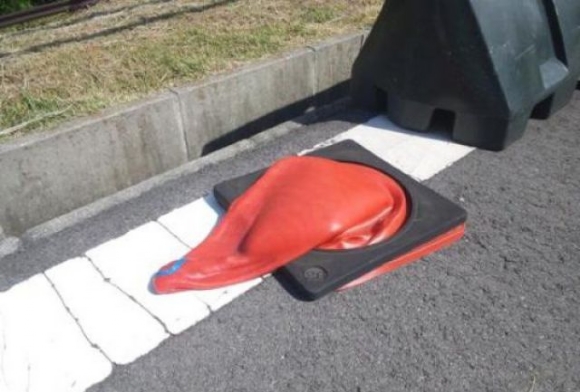
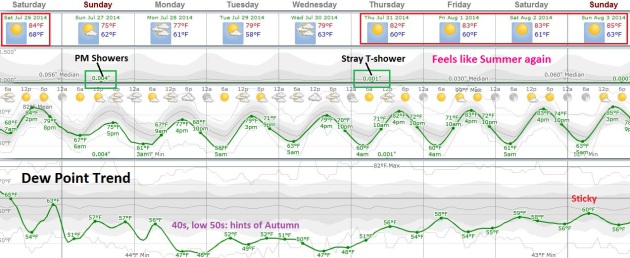
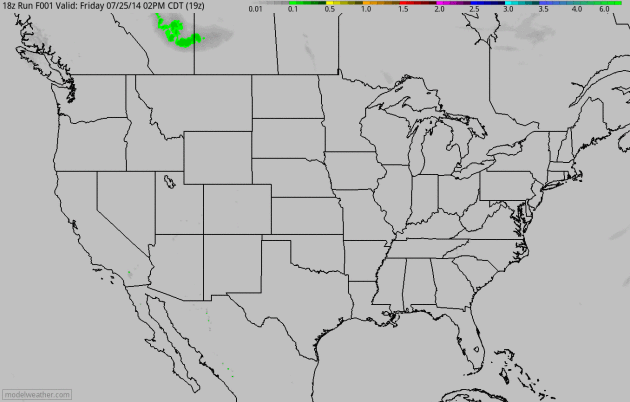
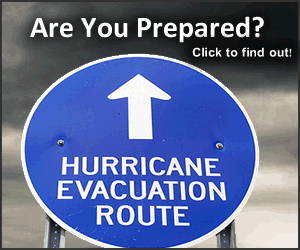
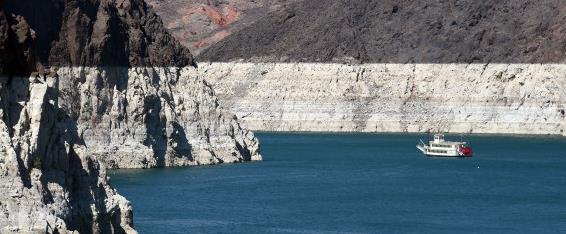
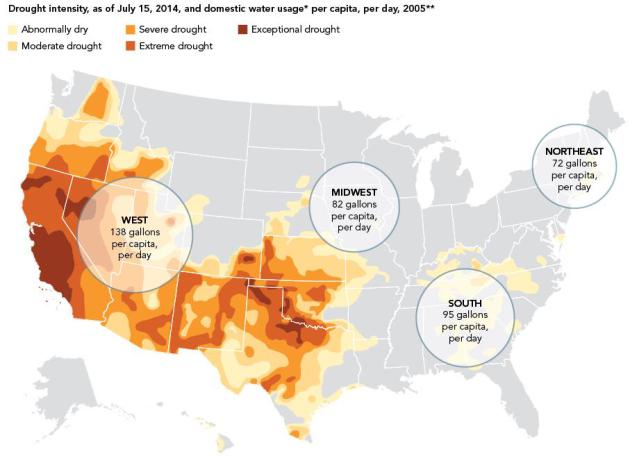
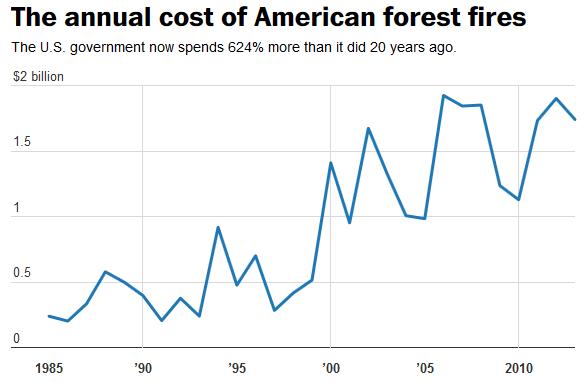
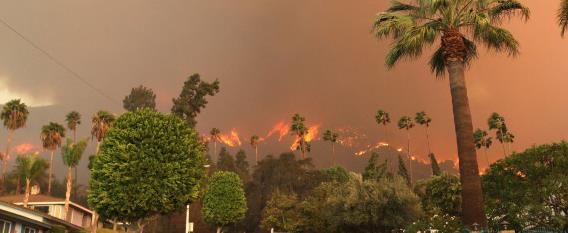
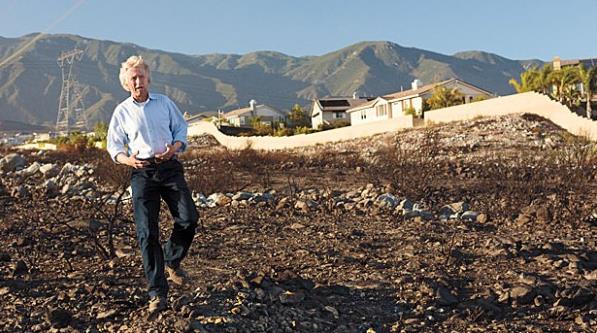
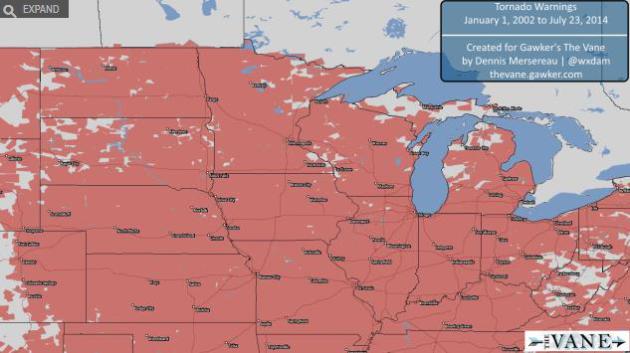
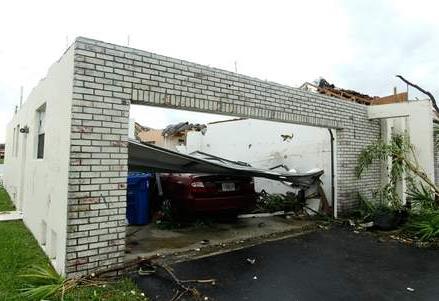
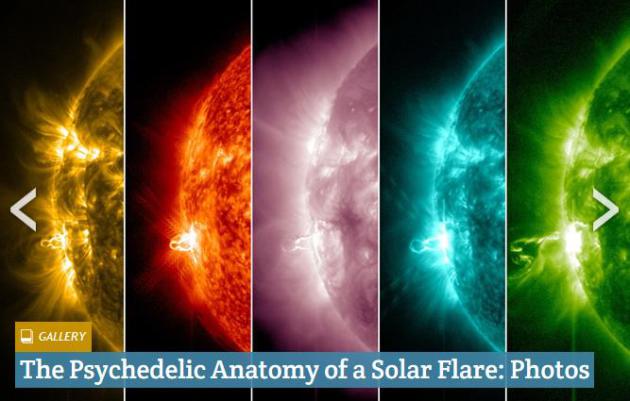
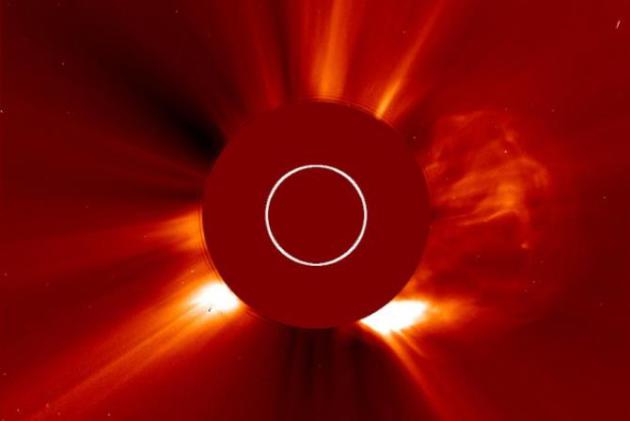
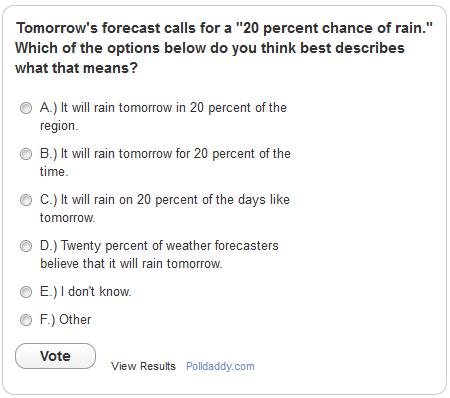





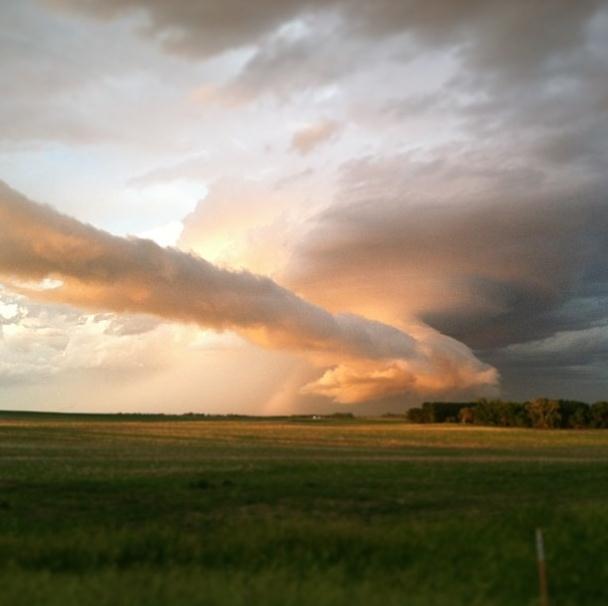
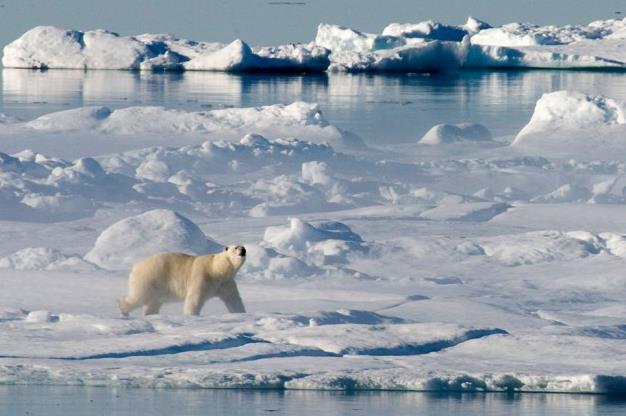
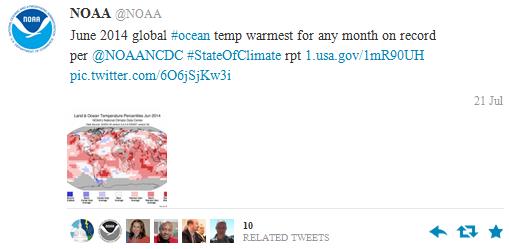
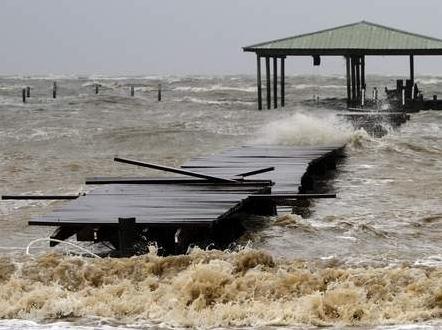
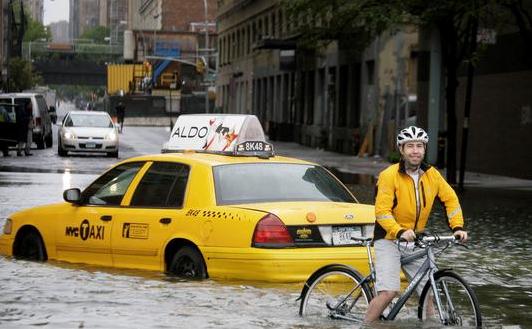

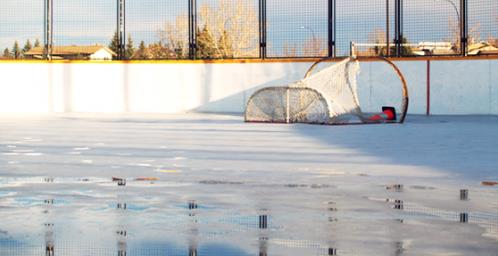

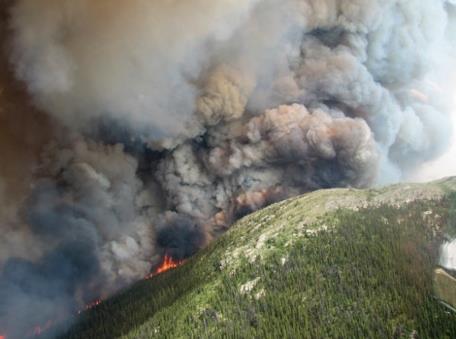
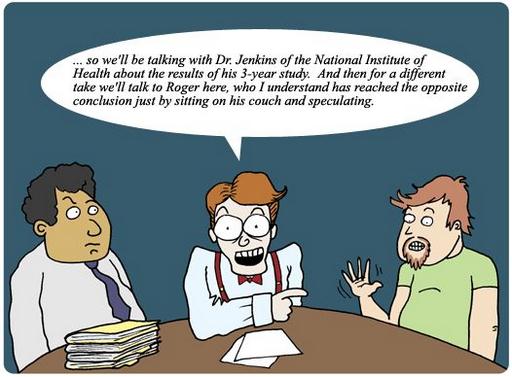


Great Blog Post !!!!... Thanks For Sharing Information. I Really like it... We also provide Durable, high-quality plastic, bright safety orange cones. Great for training, cross country course markers, trail classes and much more.
ReplyDelete